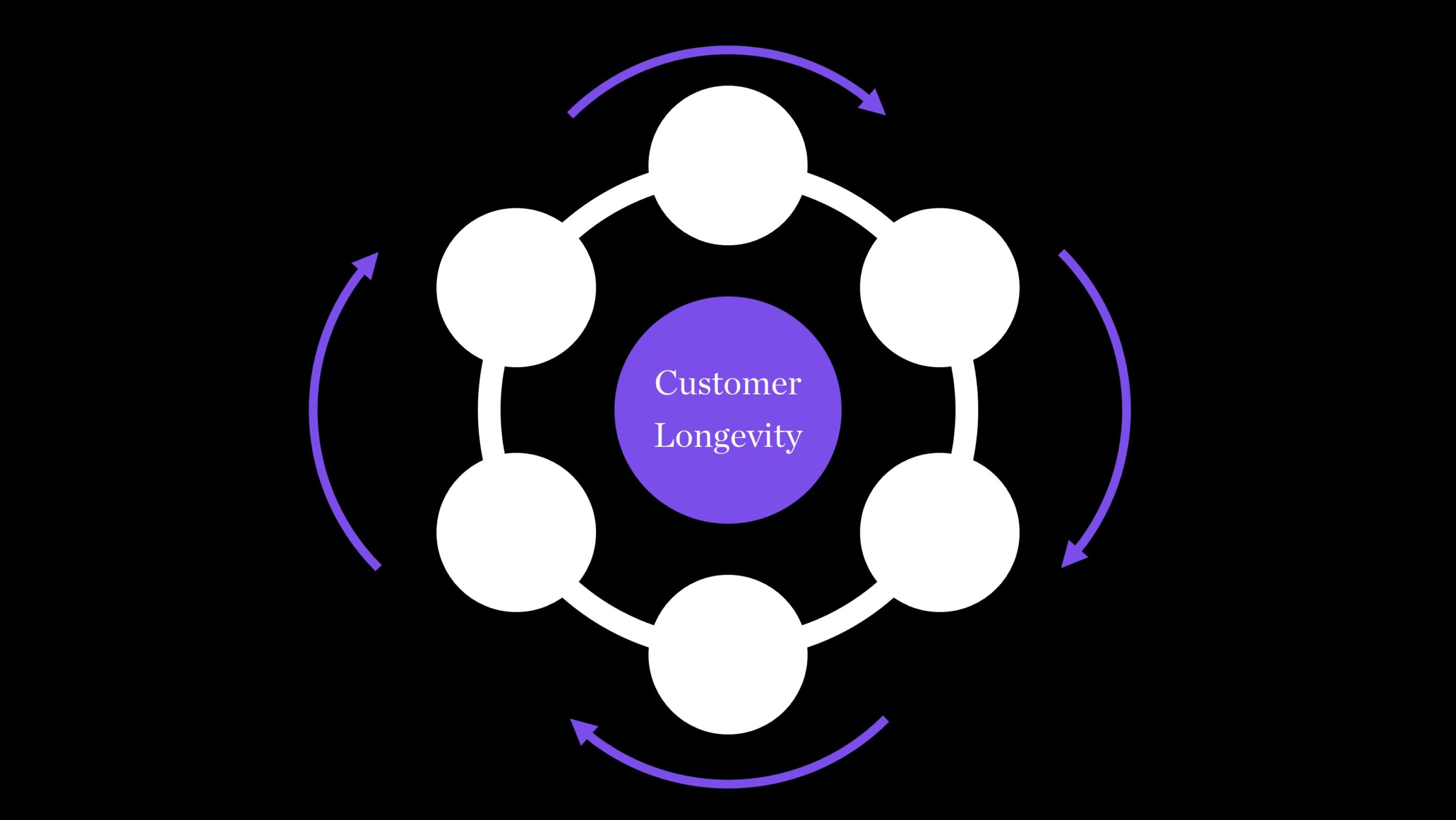Article last updated on September 10, 2022
Most businesses fail because they focus on short-term profits instead of long-term growth. This means that most companies will never reach their full potential.
In order to achieve true success, you must first understand customer longevity. Once you do, you’ll realize that it’s not just about making sales; it’s also about keeping customers happy.
If you want to build a profitable business, then you need to focus on building loyal customers.
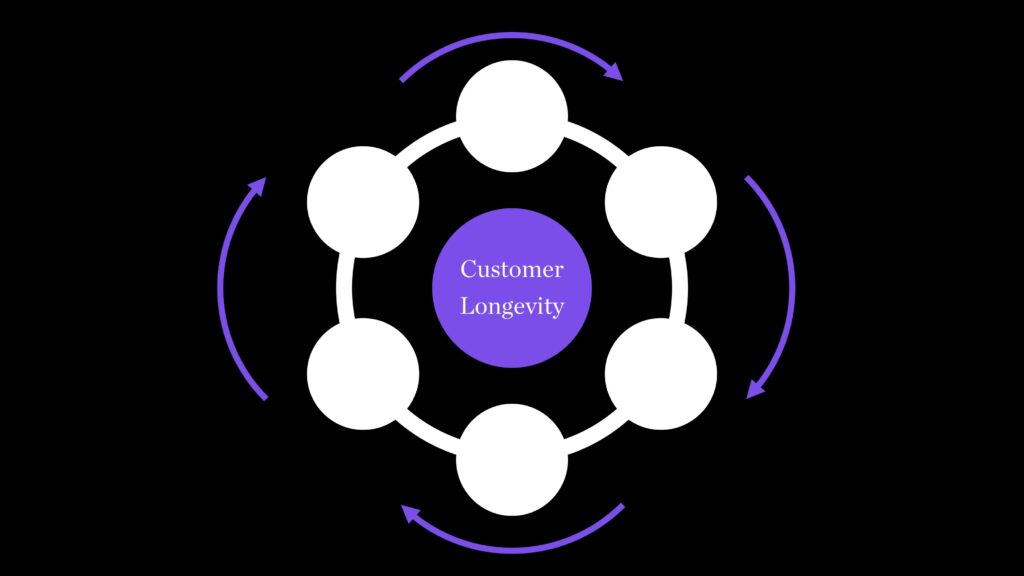
And once you’ve built loyalty, you need to make sure that your customers stay with you for years to come. This article will teach you how to create a sustainable business model based on customer longevity.
It will help you figure out why most businesses fail, and how to fix it.
The Importance of Customer Longevity
Customers are like plants. They grow when watered regularly.
This is why it’s so important to keep your customers happy. You can’t expect them to stick around if you’re constantly ignoring them. But this doesn’t mean that you should ignore your customers completely.
It simply means that you need to be aware of what makes them tick.

You know what makes customers happy? Providing something they value and be loyal to continue providing value to them.
And it turns out that loyalty isn’t just good for your bottom line; it’s good for your brand.
Companies that focus on building strong customer loyalty are able to generate up to five times the profits of those that don’t.
Why does customer loyalty matter so much? Because it helps you build a sustainable business.
Here are some of the reasons why:
It increases your ROI
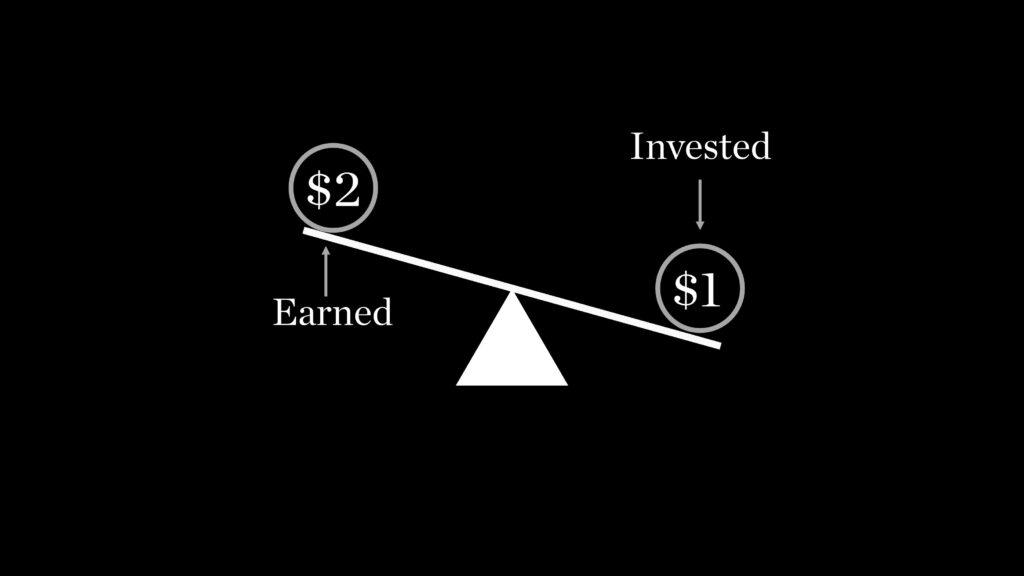
Focus on customer longevity means focusing your marketing efforts on repeat purchases. This helps you build brand loyalty and increase revenue.
A large portion of your customers might be returning buyers. These people are already familiar with your products and services. So when they buy again, they’re likely to spend more money.
If you want to increase your chances of retaining customers, focus on increasing customer lifetime value. You can do this by offering free shipping, providing fast delivery, and creating easy return policies.
It improves your reputation

When you focus on customer longevity, you’re showing that you care about your customers. This gives them confidence in your company.
They feel comfortable buying from you again and again. As a result, they become brand ambassadors. When these ambassadors recommend your product or service to others, it creates word-of-mouth advertising.
Word-of-mouth advertising is one of the best ways to get new customers.
So when you focus on customer longevity and build trust with your current customers, you’re setting yourself up for future success.
It increases your AOV
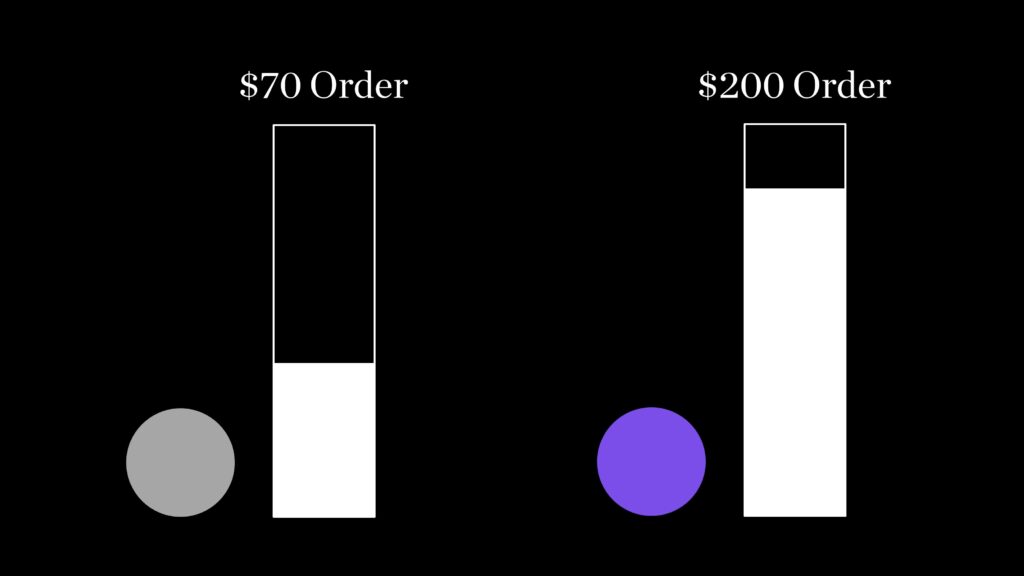
The most loyal customers are worth up to four times as much as those who aren’t repeat purchasers.
Think about the average order value (AOV) of a new customer versus an existing customer. New customers have low AOVs because they haven’t purchased from you before.
But over time, their AOVs rise. As they start spending more money with you, they become regular customers.
At first, new customers will be skeptical about paying for your products and services. But after they see that you provide great customer support and offer high-quality products, they’ll start trusting you.
And once they start trusting you, they’ll start spending more money. Over time, their AOV rises.
As a result, you’ll end up making more money than you would have otherwise.
It increases your CLV
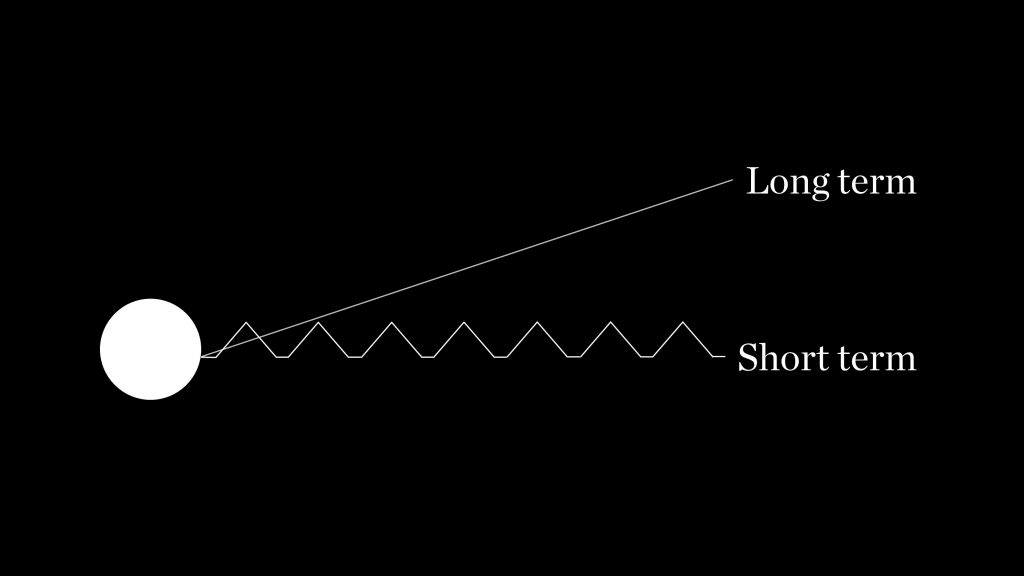
Customers who buy multiple products from your store have a higher lifetime value.
Knowing your customers’ lifetime values can help you improve your customer retention strategy. You can use this information to find places where you might be able to upsell or cross-sell more products.
You can also use this data to determine which customers are the most valuable and should receive special attention.
Knowing customer lifetime value (CLV) is important because it helps you understand how profitable each individual customer is.
This allows you to make better decisions about what products and services to invest in.
But when you focus on customer longevity instead of just churning out new customers, you’ll find that you’re able to generate more profit.
This is because you’ll be able to retain your existing customers longer. Hence, your CLV will be higher.
You will get more organic customers

Happy, long-lasting customers who refer others to your brand are more likely to tell people about your company.
As mentioned above, word-of-mouth marketing is one of the best forms of advertising. So if you focus on customer longevity rather than churning out new customers every month, you’ll be able to attract more organic customers.
These customers are more likely to purchase from you repeatedly.
In other words, focusing on customer longevity means you’ll be able to increase your sales without having to spend a lot of money on advertising.
Building a Customer Longevity Flywheel
Now that we’ve covered why you need to focus on customer longevity, let’s take a look at how you can actually do this.
Customer retention is far more profitable for businesses than acquiring new customers. However, building a customer longevity process requires careful planning, but at the end of the day, it is to create a flywheel effect.
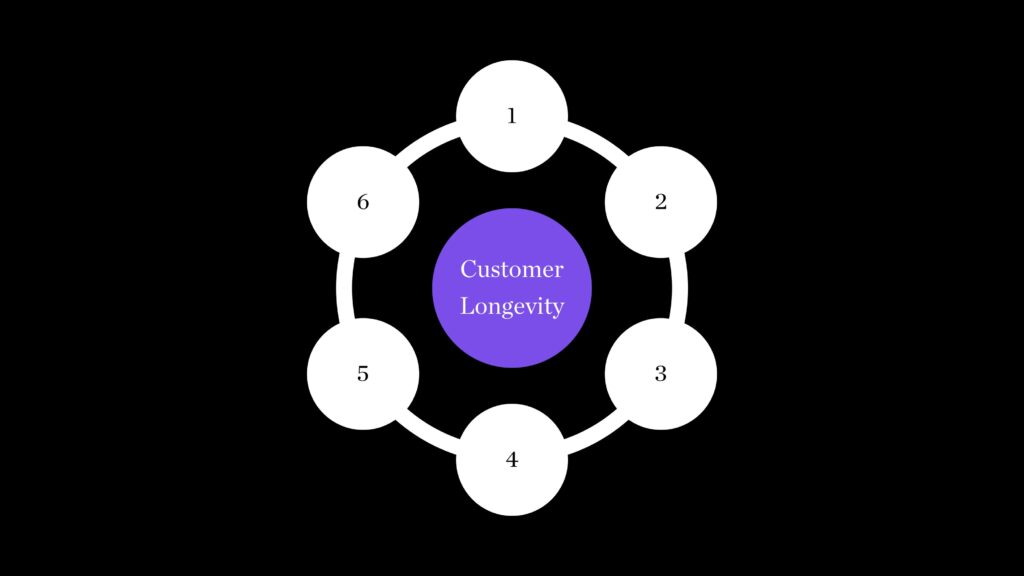
The idea behind a flywheel is that everything needs to work together to achieve success. If any part of the system breaks down, then nothing works properly.
So, if you want to create a customer longevity flywheel, you must ensure that all parts of the system are in good working order.
Let’s go through each step of the process and explain how each one contributes towards creating a successful customer longevity program.
Identify your ideal customer
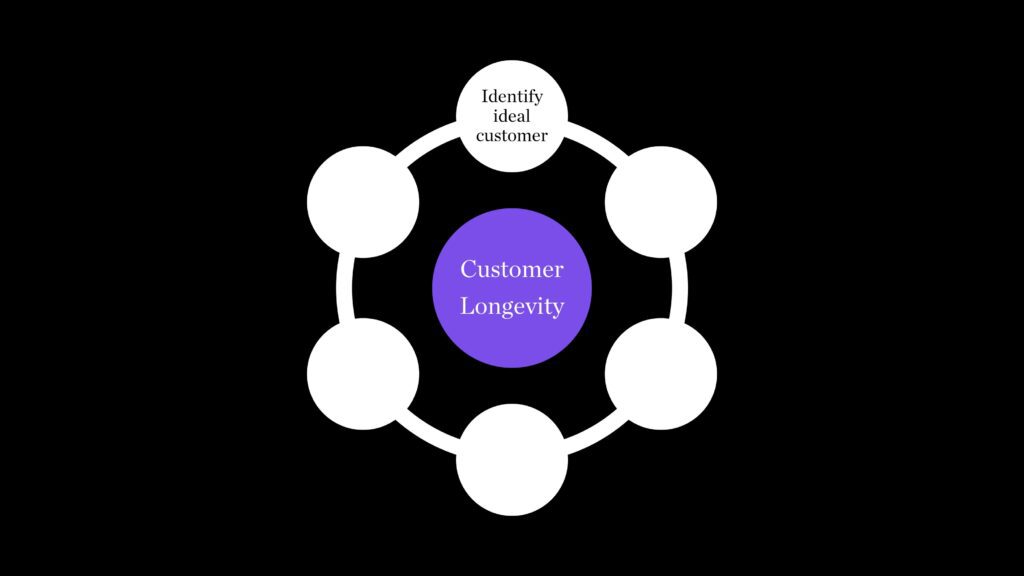
The first step towards increasing your customer longevity is identifying your ideal customer.
Your ideal customer is someone who has already purchased from you at least twice. They’ve proven themselves as loyal customers. They’re likely to continue buying from you again. And they’re willing to pay for your products and services regularly.
So, you need to know exactly who your ideal customer is before you can build a plan to keep them coming back.
The easiest way to know who your ideal customer is by asking yourself: Who is most likely to spend the most amount of money, need what I offer the most, and be willing to come back?
Define the psychographics of your ideal customer.
Psychographics are personality traits that describe an individual’s behavior and preferences.
Psychographics are very useful for understanding why certain customers behave the way they do. Does your ideal customer have tendencies such as being risk-averse or impulsive? What kind of lifestyle does he/she lead?
Once you know what your ideal customer looks and feels like, you can start building a plan to keep them happy.
Listen to their indirect and direct feedback
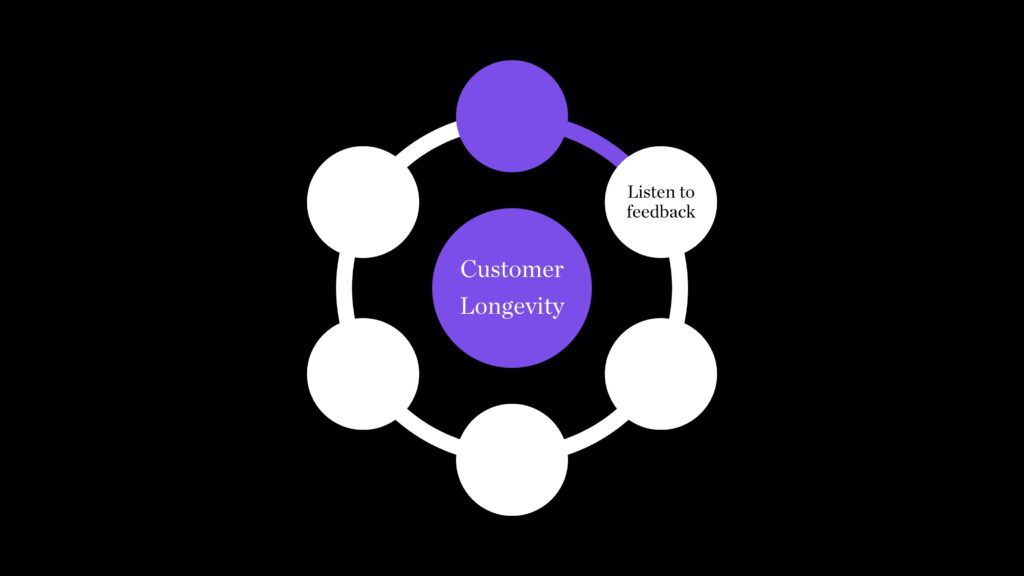
After you identify your ideal customer, you should listen to their feedback.
Indirect feedback comes from the websites they often visit, social media posts they share, articles they read online and so forth.
For example, if they are regular visitors to a specific subreddit, you can better understand an entire community through their comments.
Direct feedback comes from speaking with them directly. You can ask them questions about their experience with your product or service. Or simply talk to them about their life.
You can also use surveys to get information about how satisfied your current customers are with your business.
At the end of the day, the most important thing here is to collect all the feedback from your customers because it will help you better understand what makes them tick and what will make them continue buying from you in the future.
Build a relationship with them
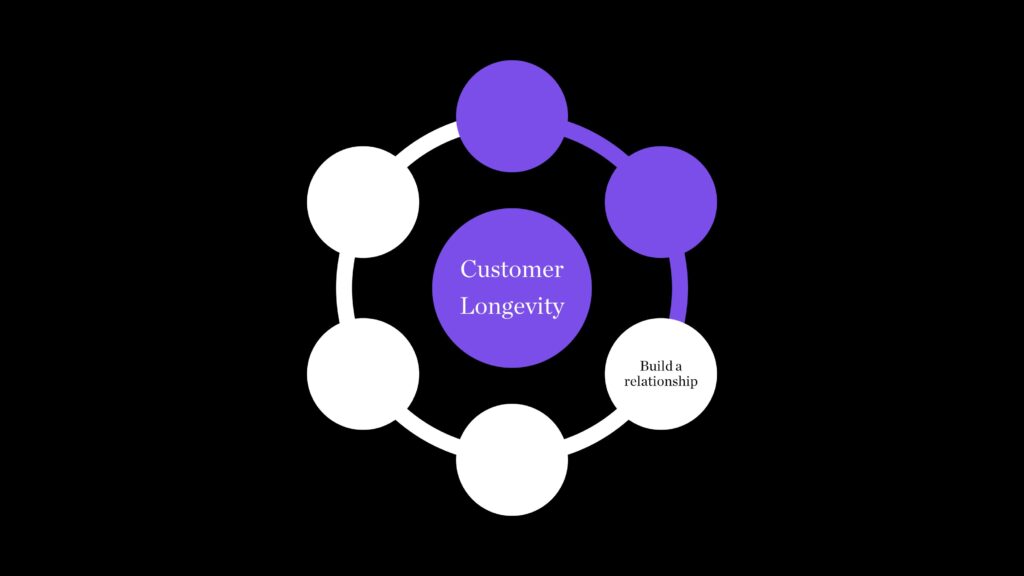
It takes time to build a good relationship, but it pays off in the long run.
Building a relationship can come in many forms. It could be as simple as a thank you note after they make a purchase from you. It could be sending them a gift on their birthday. It could be sending a newsletter once every month.
However, there are some common ways to build a relationship with your customers.
First, send them a welcome email when they sign up for your mailing list. This is where you introduce yourself and tell them what you want to achieve with them.
Second, send them a follow-up email one week later. This is where you remind them about something they bought from you. For example, if they bought a t-shirt, you can send them a reminder email saying “Hey! Remember this shirt?”
Third, send them a monthly newsletter. This is where you update them on new features, promotions, and other things going on at your company.
Fourth, send them a personalized email whenever they buy from you. This is where you give them special discounts or offers based on their previous purchases.
Fifth, send them a personal video message whenever they reach out to you. This is where they ask you questions about your products or services.
The reason behind the video message response is twofold. It gives you that surprise effect and it allows you to connect with your audience on a deeper level.
Offer them something extraordinary
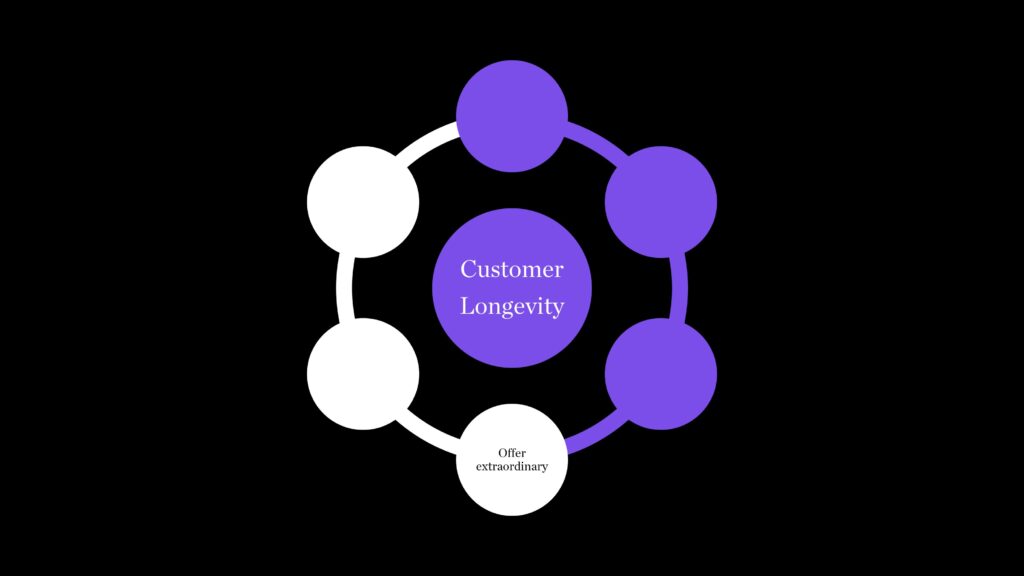
Imagine how you’d feel if someone gave you something you needed but you weren’t even aware of?
That’s exactly how your customers would feel if you offered them something extra.
For example, if you sell a physical product and you send them a video on the top ways to use your product, then you’re giving them something they need without even knowing it.
This is why you should always think of offering something unique to your customers.
People who receive free gifts are more likely to become loyal customers than those who do not.
So, don’t just send them a generic discount code. Instead, find out what they love doing and create exclusive content for them.
Give them something they can’t get anywhere else.
Keep offering them things that matter
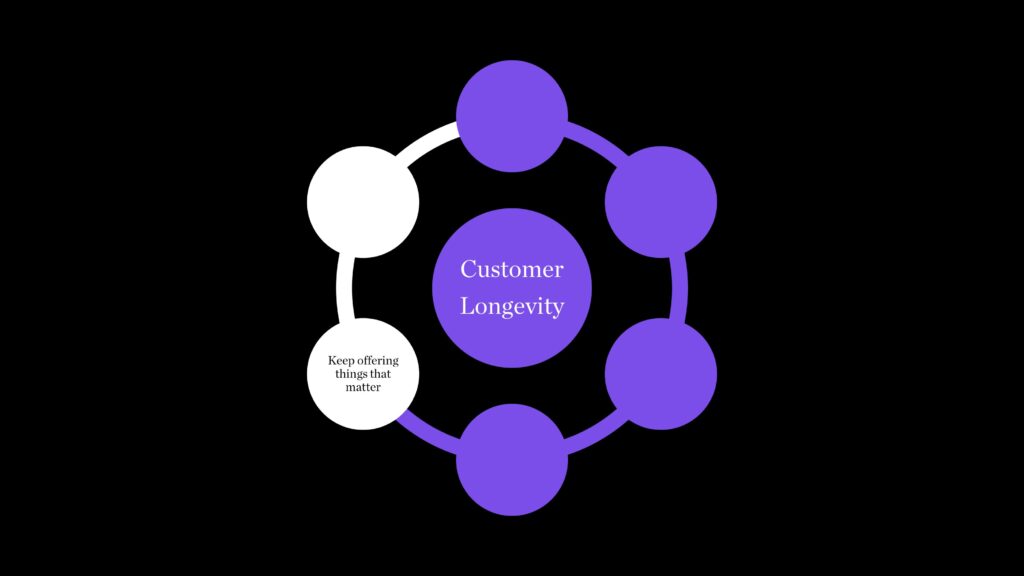
As mentioned above, people tend to become loyal customers when they receive something valuable.
When you give them something that matters, you’ll increase their trust in your brand.
You can do this by creating a loyalty program. You can give them a reward if they tell their friends about your website, if they buy certain products, or if they reach a certain goal.
Another way to keep your customers happy is to provide them with exclusive deals.
If you have a limited-edition item, make sure you only distribute it to a few lucky customers.
In addition to that, you can also offer them a coupon code that will allow them to save money on future orders.
But make sure to offer them things that actually matter. You don’t want to dilute your brand image by offering them useless stuff.
Treat them like a part of your tribe
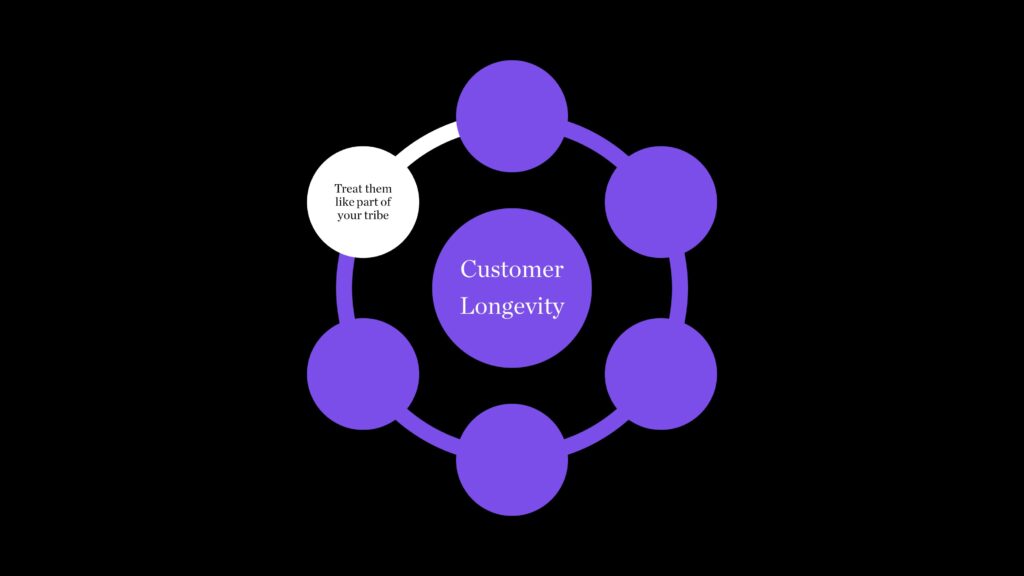
Last, but most importantly of all, for customer longevity is to treat them like a part of your tribe.
If you have a customer that constantly returns back and buys from you again and again, then you know he/she has already become a part of your tribe and you should be treating him/her as such.
If they are willing to hop on the video call and share their story, why are they avid buyers of your products and services? Then you should definitely document that.
There are other people similar to them in terms of interests and hobbies. If you can identify these people, then you can start building relationships with them.
Once you’ve done so, you can invite them to join your community. They can share their stories, tips, and tricks on social media.
They can also help promote your business through their networks. In return, you can show appreciation to them by sending them some exclusive content.
That’s creating a customer longevity flywheel.
It starts with providing value to your customers. It continues with rewarding them for being loyal. And finally, it ends with making them feel special.
By following these steps, you’ll be able to build a strong relationship with your customers. This will lead to increased sales and repeat purchases.
And once you achieve this, you’ll never look back.
Frequently Asked Questions on Customer Longevity
These are some frequently asked questions about customer longevity. Hopefully, some of these questions will answer any doubts you might have regarding this topic.
How do you gain customer trust?
By creating a great product or service, offering excellent customer support, and treating your customers like humans, you’ll go far toward earning their trust. Gaining trust is one of the hardest things to do online. However, if you’re constantly trying to find new customers instead of focusing on existing ones, then you’ll lose out on potential profits and lose trust among your current customers. Your customers will see that you care about them, and they’ll appreciate that you’re willing to put in the effort to ensure that they’re satisfied.
What is the KPI for customer loyalty?
The main KPI for customer loyalty is the repeat purchase rate. But there are other KPIs too. For example, how many times did you buy something from an e-commerce store last year? How often do you visit that website? Are you engaging with their social media pages? These are just a few examples of KPIs that you can use to measure customer loyalty.
Where does customer loyalty come into play?
Customer loyalty comes into play when you’re looking at marketing strategies. When you’re thinking about which channels to invest in, you need to consider whether those channels will bring you more leads or more customers.
How do you maintain customer satisfaction?
Make sure you’re responding quickly to any issues that arise, and try to resolve problems as soon as possible. Another way is to give your customers incentives to remain loyal. A free product sample, a discount code, or a coupon can go a long way toward keeping customers coming back for more. And finally, treat your customers like human beings. Don’t forget that they’re real people with feelings and that they deserve to be treated with respect.
How can I excel at customer experience to increase customer longevity?
You can excel by taking the time to listen to what your customers want. You can make improvements based on what you hear. You can also improve the customer experience by providing customer service that’s second to none.
At what stage of business strategy does customer longevity come in?
It comes at all stages of business strategy. In fact, it should always be part of every stage of your business strategy. Because when you focus on increasing customer longevity, you’ll be able to get better results than if you were only focused on short-term gains. Business relationships don’t end after a sale. They continue indefinitely. So why not take advantage of that?
How do you know if you’ve succeeded in building customer loyalty?
If you’re not getting enough repeat purchases, then you haven’t succeeded yet. If you’re getting repeat purchases but you still could do better, then it’s time to rethink your strategy. It may be time to look at different ways to market yourself. Or maybe you need to change your pricing structure. Whatever it is, you need to figure out what needs to change so you can start seeing more repeat purchases.
Conclusion
In conclusion, customer loyalty is important because it helps you build stronger relationships with your customers. This means that you’ll have happier customers who will recommend you to others. And this means that you’ll earn more money over time.
Continuous improvement of the customer experience is one of the best ways to grow your business.
Customer loyalty is a key component of continuous improvement, and business owners must understand its importance.
So, it’s not only about sociocultural elements but also about economics, psychographics, and the core needs of your ideal customer.


